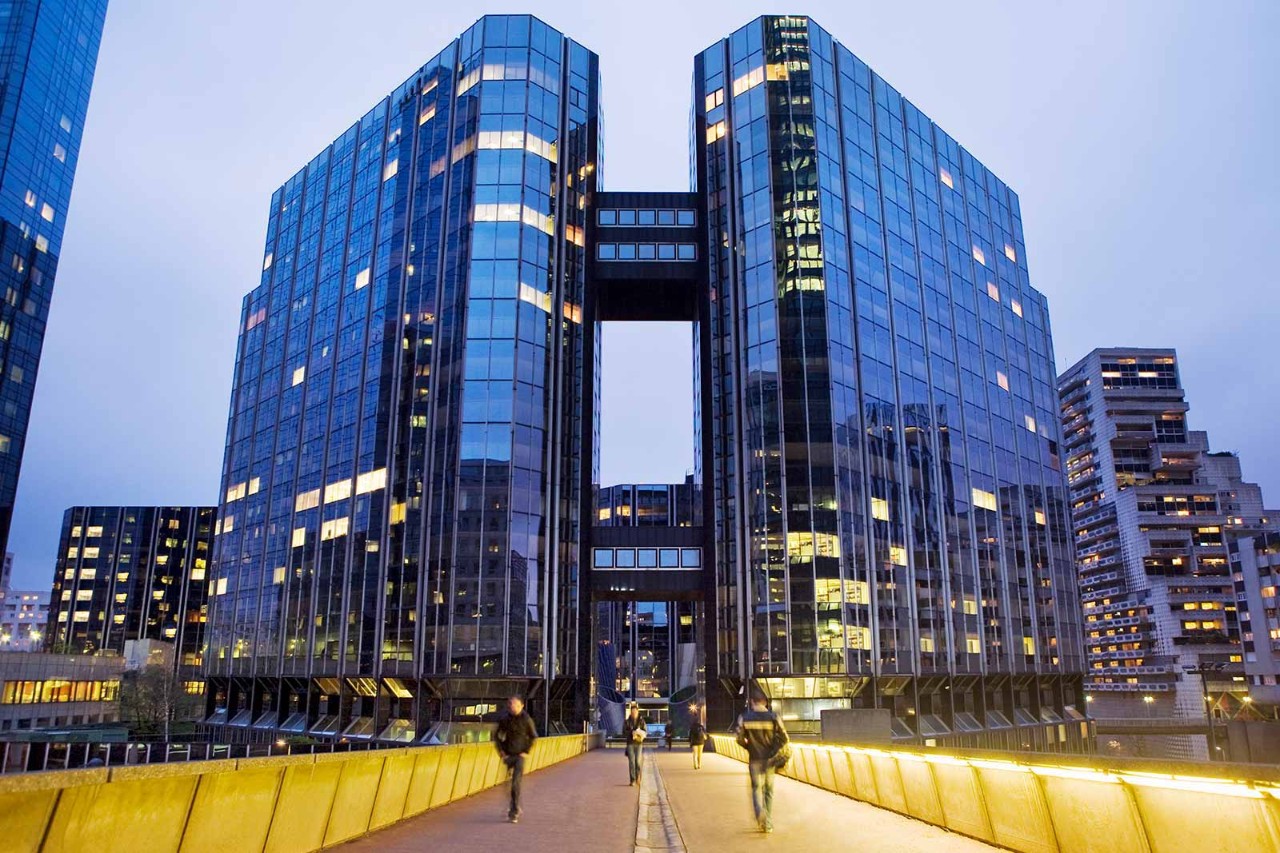
For much of summer 2022, a dark cloud hung over the eurozone economy. With flows of Russian gas squeezed to a fraction of their previous levels, European nations looked destined for a winter of fuel shortages and spiralling prices. It made a painful recession all but a foregone conclusion.
In the event, the cloud appears to have passed by without dumping its load on the continent. European gas storage levels are ending the winter at a record high. And while the eurozone economy didn’t grow at all in the last three months of 2022, this was a far cry from the steep contraction feared by some economists. The benchmark price of natural gas for Europe has fallen from a peak of over €300 in August 2022 to around €40 six months later.
‘Many companies managed to reduce energy usage swiftly or switch away from gas’
The sense of relief has been palpable in financial markets. At the time of writing, the Euro Stoxx 50 equity index is up around 11% on the year to date, making the eurozone one of the best-performing markets in the world so far in 2023.
So how was the crisis averted? And can chief financial officers and other executives at European businesses now relax?
Swerve
The first reason the eurozone appears to have dodged the energy bullet was good fortune. Record high winter temperatures in the region have cut energy demand. But there was more than luck to the eurozone’s resilience. ‘Industry has been more flexible than expected, with many companies managing to reduce energy usage rather swiftly and others to switch away from gas to alternative fuels,’ says Andrew Kenningham, chief European economist at Capital Economics.
The response from governments has also helped cushion the blow. Countries were swift to facilitate the import of liquified natural gas (LNG) by ship rather than pipeline, from a range of exporters, notably Qatar and the US. Germany spent €10bn to lease five floating import terminals for LNG. ‘Germany was impressively quick to pivot on energy,’ says Adnan Vatansever, an academic at King’s College London’s Russia Institute and author of Oil in Putin’s Russia.
There were also continent-wide efforts to mitigate the effects of surging energy prices on households, which would have otherwise hit consumer-facing businesses hard. Germany’s energy subsidy, for example, allowed consumers to buy 80% of their energy at the previous year’s price. What would have been a 58% hike in energy costs for consumers was capped at a more manageable, if still uncomfortable, 38%, based on data from price comparison website Check24.
‘It is a good time to be securing supplies and hedging’
No time to relax
But energy experts and economists are warning businesses not to get too comfortable. While crippling energy shortages next winter now look less likely, two main threats remain.
One is that Russia further reduces supplies. Vatansever says: ‘It is easy to forget that Russia is still providing significant quantities of gas to Europe. Given Gazprom’s heavy reliance on revenues from Europe, a complete ending of gas exports is not likely. However, it is hard to predict how geopolitical considerations will play into this decision, and a full cessation would leave a large hole to fill for Europe.’
The second potential problem is of surging energy demand from China, as economic activity returns to normal following the lifting of Covid-19 restrictions. A resurgent China is likely to compete with Europe for limited supplies of LNG, pushing prices up.
Businesses are therefore advised to prepare for continued challenges. ‘Businesses should keep energy security in their minds,’ Vatansever says. ‘It is a good time to be securing supplies at more reasonable prices, and also for hedging.’
‘We’ve never had rate rises on this scale over such a short period’
Rate risk
For Kenningham, the top concern for CFOs next year will not be energy prices but interest rates. The region’s inflation problem is proving more stubborn than expected – core inflation actually accelerated in February to 5.6% from 5.3%. As a result there is intense pressure on the European Central Bank to continue ratcheting up interest rates. The ECB raised interest rates by half a percentage point in March, and markets expect a further hike of one percentage point.
‘We’ve never had rate rises on this scale over such a short period,’ says Kenningham. ‘If energy-intensive sectors such as chemicals and metals were the big losers in 2022, it is likely to be interest rate-sensitive sectors that face the greatest headwinds in 2023.’
This could include areas such as construction, which is often reliant on borrowed money. Discretionary spending on luxury goods or travel could also be impacted as consumers with floating-rate mortgages face higher bills. The auto sector is another potential loser since cars are often bought on credit. But so far, sales remain strong, possibly reflecting pent-up demand after supply bottlenecks during the pandemic.
The main corporate concern is not a wave of defaults
Slip, not slump
Most economists expect higher rates to lead to stagnation or mild recession, rather than a severe slump. Capital Economics is forecasting close to zero growth for 2023, or possibly a modest decline in output.
From a company perspective, the main concern is not a wave of defaults. The debt of non-financial companies as a percentage of GDP is hovering around 150%, close to the lowest levels of the past two decades and well below the 220% seen prior to the 2008 global financial crisis. In addition, many companies took advantage of the prolonged period of low interest rates to lock in cheap credit, and so will only be hurt when existing bonds mature and they have to refinance. Instead, the main worry is the effect of higher interest rates on consumer demand and business investment.
While the most acute threat from the energy crisis may have passed, 2023 looks like being anything but an easy year for eurozone CFOs. But at least one bullet has been dodged – for now.




